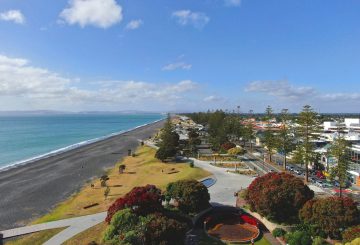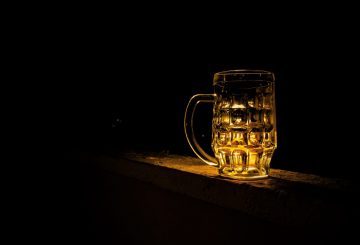시의회는 대수층을 정기적으로 모니터링해도 PFAS 양성 샘플이 나오지 않았다고 말합니다.
수자원 보고서에 따르면 3년 전 의회는 오래 지속되는 PFAS 화학 물질로 인한 “매우 높은 잠재적 위험”을 확인했습니다.
타라데일 소방서에 초점을 맞췄습니다. 소방대원들이 최근까지 페리플루오로알킬 물질 (PFAS) 과 폴리플루오로알킬 물질 (PFAS) 이 함유된 폼을 사용했기 때문입니다.타라데일에는 도시의 지하수 보어 7개 중 5개가 있습니다.
이러한 우려로 인해 2020년 중반에 두 개의 보어 (이름: T2 및 C1) 에서 첫 번째 테스트가 시작되었고, 2021년부터 3개월마다 한 번씩 테스트되었습니다.의회는 금요일 RNZ에 “지하수 샘플에서 PFAS를 검출한 적이 없다”고 말했다.
“하지만 대수층을 정기적으로 모니터링한 결과 PFAS 양성 샘플이 나오지 않았습니다.”
2017년 말 뉴질랜드에서 PFAS 오염 공포가 터진 이후, 센트럴 시티에 있는 네이피어 소방서는 오염 여부를 조사하여 정리했지만, 타라데일은 소방 및 이머전시 (Fire and Emergency) 가 8곳을 조사하고 정리했을 때 확인되지 않았습니다.
T2 보어는 일주일에 약 58,000 입방 미터의 물을 도시에 공급합니다.
크레딧: radionz.co.nz





























































